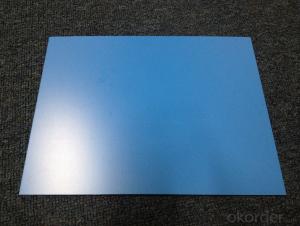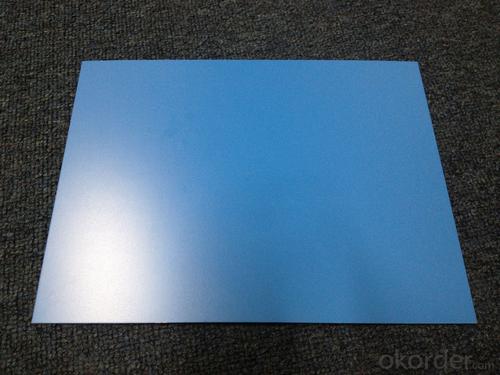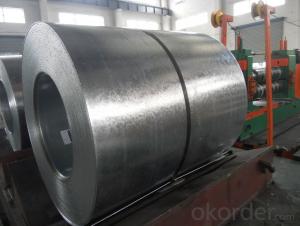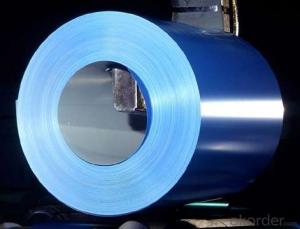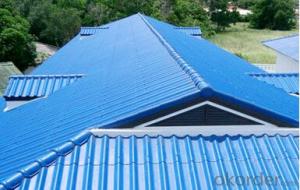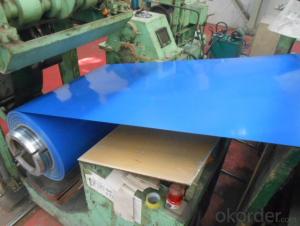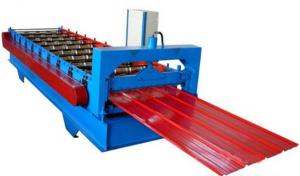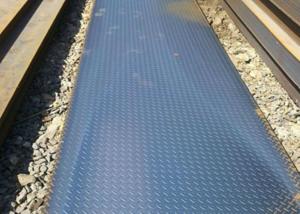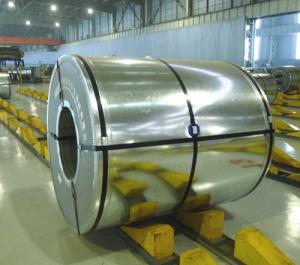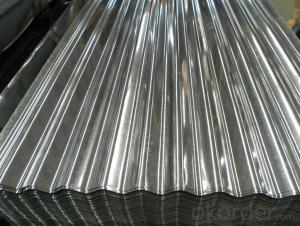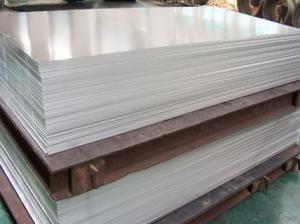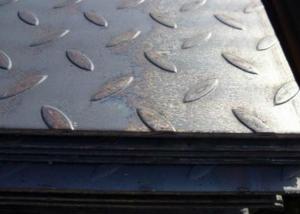YY PRE-PAINTED GALVANIZED STEEL SHEET
- Loading Port:
- Tianjin
- Payment Terms:
- TT OR LC
- Min Order Qty:
- -
- Supply Capability:
- 12000 m.t./month
OKorder Service Pledge
OKorder Financial Service
You Might Also Like
PRE-PAINTED GALVANIZED STEEL SHEET
THICKNESS:0.18mm-1.5mm
WIDTH:900mm-1250mm
COATING MASS:Z30-Z275
PAINT:PE、HP、HDP、PVDF、SMP、MATT、PVDF
COLOR:RAL Scale
COIL INNER DIAMETER:508mm/610mm
COIL WEIGHT:3mt-7mt
BASE MATERIAL:Hot-dip GALVANIZED Steel
Cold rolled plate of color coating steel plate
From the color plate cold rolling board production, has smooth and beautifulappearance, processing performance and has cold rolling board; but any tinyscratch the surface coating will put cold-rolled base plate is exposed in the air,so that the exposed iron quickly generated red rust. Therefore, this kind ofproduct can only be used for less demanding the temporary isolationmeasures and indoor materials.
Hot dip galvanized color coating steel plate
The organic paint coating on hot dip galvanized steel sheet on products for hotgalvanizing and coating plate. Hot dip galvanized Caitu besides the protective effect with zinc, organic coating on the surface also played isolation protection,prevent rust role, the service life is longer than the heat galvanized plate. The zinc content of hot dip galvanized substrate for general 180g/m2 (double),building external hot galvanized substrate galvanized weight up to 275g/m2.
Hot-dip zinc coated board
According to the requirement, also can use hot aluminium zinc plate as coating substrates (55%AI-Zn and 5%AI-Zn).
Electro galvanized and color coated sheet
Electricity galvanized plate as a substrate, coated with organic coating bakingincome products for electric galvanized Caitu, because the electric galvanized plate the zinc layer is thin, often containing zinc quantity is 20/20g/m2, theproduct is not suitable for production use in outdoor walls, roof. But because of its beautiful appearance and excellent processing performance, so it can be mainly used in household appliances, audio equipment, steel furniture, interior decoration, etc..
- Q: What is the average thickness tolerance for steel sheets?
- The average thickness tolerance for steel sheets can vary depending on the specific grade and manufacturing process. However, in general, the industry standard tolerance for cold-rolled steel sheets is ±0.005 inches (0.13 mm) for sheets up to 36 inches wide, and ±0.010 inches (0.25 mm) for sheets over 36 inches wide. For hot-rolled steel sheets, the average tolerance is typically higher, ranging from ±0.010 inches to ±0.060 inches (0.25 mm to 1.52 mm) depending on the thickness and width of the sheet. It is important to note that these are average values, and manufacturers may have their own specific tolerances based on customer requirements and production capabilities.
- Q: Are the steel sheets resistant to bending or warping?
- Yes, steel sheets are highly resistant to bending or warping. Steel is known for its strength and durability, making it a popular choice for various applications where resistance to bending or warping is crucial. The inherent properties of steel, including its high tensile strength and stiffness, allow it to withstand heavy loads and pressure without deforming or warping. Additionally, the uniform and homogeneous structure of steel ensures consistent resistance to bending or warping, making it a reliable material for projects that require stability and structural integrity.
- Q: Can the steel sheets be bent or formed into different shapes?
- Steel sheets have the ability to be bent or shaped into various forms. Steel possesses exceptional malleability, enabling it to be effortlessly manipulated and molded without any risk of fracture. This advantageous characteristic facilitates a broad spectrum of applications requiring the bending or shaping of steel sheets, particularly in the construction sector, where beams, columns, and other structural elements necessitate specific configurations. Depending on the desired outcome and the steel's thickness, a range of techniques such as cold forming, hot forming, and press braking can be employed to accomplish the task of bending or shaping steel sheets.
- Q: How are steel sheets tested for quality and performance?
- Steel sheets are tested for quality and performance through various methods such as mechanical testing, chemical analysis, and visual inspection. Mechanical testing involves subjecting the steel sheets to stress, tension, and hardness tests to determine their strength and durability. Chemical analysis is conducted to assess the composition and purity of the steel, ensuring it meets the required standards. Visual inspection checks for any surface defects, such as cracks, scratches, or unevenness in the steel sheets. These comprehensive testing methods ensure that steel sheets meet the desired quality and performance criteria.
- Q: What is the maximum width of steel sheets available?
- Manufacturers have varying maximum widths for steel sheets, usually around 72 inches or 6 feet. Nevertheless, certain manufacturers may provide wider choices up to 120 inches or 10 feet. To ascertain the precise maximum width for steel sheets, it is crucial to consult specific suppliers or manufacturers.
- Q: What are the different colors available for coated steel sheets?
- There are various colors available for coated steel sheets, including but not limited to white, black, gray, red, blue, green, brown, and metallic shades like silver and gold.
- Q: Are steel sheets resistant to abrasion?
- Yes, steel sheets are generally resistant to abrasion. They are known for their durability and ability to withstand wear and tear, making them suitable for applications where abrasion resistance is required.
- Q: What is the difference between coated and uncoated steel sheets?
- The primary distinction between coated and uncoated steel sheets lies in their protective layer and surface finish. Coated steel sheets, also referred to as galvanized steel sheets, possess a layer of zinc coating to prevent corrosion and enhance durability. This zinc coating serves as a sacrificial layer, shielding the underlying steel from rust and other forms of damage. Furthermore, coated steel sheets exhibit a more polished and smoother appearance. In contrast, uncoated steel sheets do not undergo any treatment involving a protective layer. Consequently, they are more prone to corrosion, particularly when exposed to moisture or chemicals. Uncoated steel sheets are commonly utilized in situations where corrosion resistance is not a significant concern, such as in construction projects where the steel will be covered or safeguarded in some manner. Regarding cost, coated steel sheets are generally pricier than uncoated steel sheets due to the additional manufacturing process required to apply the zinc coating. Nevertheless, the increased cost is justified by the improved durability and extended lifespan of coated steel sheets. To summarize, the key disparity between coated and uncoated steel sheets lies in the presence of a protective layer. Coated steel sheets offer superior corrosion resistance and possess a smoother appearance, while uncoated steel sheets are more susceptible to corrosion and possess a rougher surface finish.
- Q: Can steel sheets be used in the construction industry?
- In the construction industry, steel sheets are commonly employed. These sheets are incredibly versatile and find extensive use in construction. They serve various purposes, including roofing, wall cladding, flooring, and structural components like beams, columns, and trusses. Steel sheets are favored owing to their exceptional strength-to-weight ratio, durability, and resistance to corrosion. They possess the ability to endure heavy loads and offer stability and structural integrity to buildings. Moreover, steel sheets can be easily fabricated, enabling customization and facilitating efficient construction processes. All in all, steel sheets are widely embraced in the construction sector due to their numerous advantages and suitability for diverse construction applications.
- Q: Are steel sheets resistant to pests and insects?
- Yes, steel sheets are generally resistant to pests and insects due to their non-porous and durable nature.
Send your message to us
YY PRE-PAINTED GALVANIZED STEEL SHEET
- Loading Port:
- Tianjin
- Payment Terms:
- TT OR LC
- Min Order Qty:
- -
- Supply Capability:
- 12000 m.t./month
OKorder Service Pledge
OKorder Financial Service
Similar products
Hot products
Hot Searches
Related keywords
